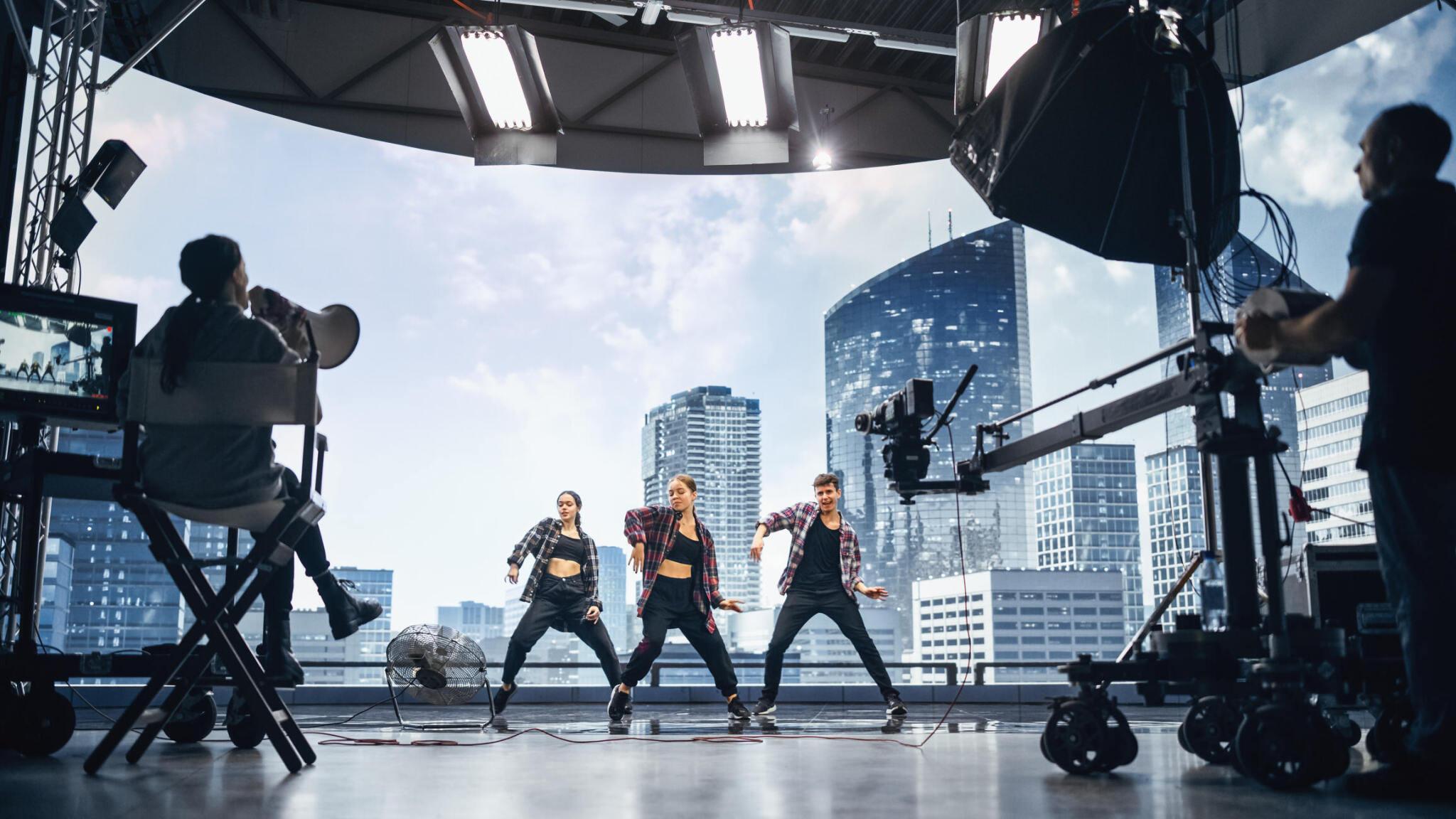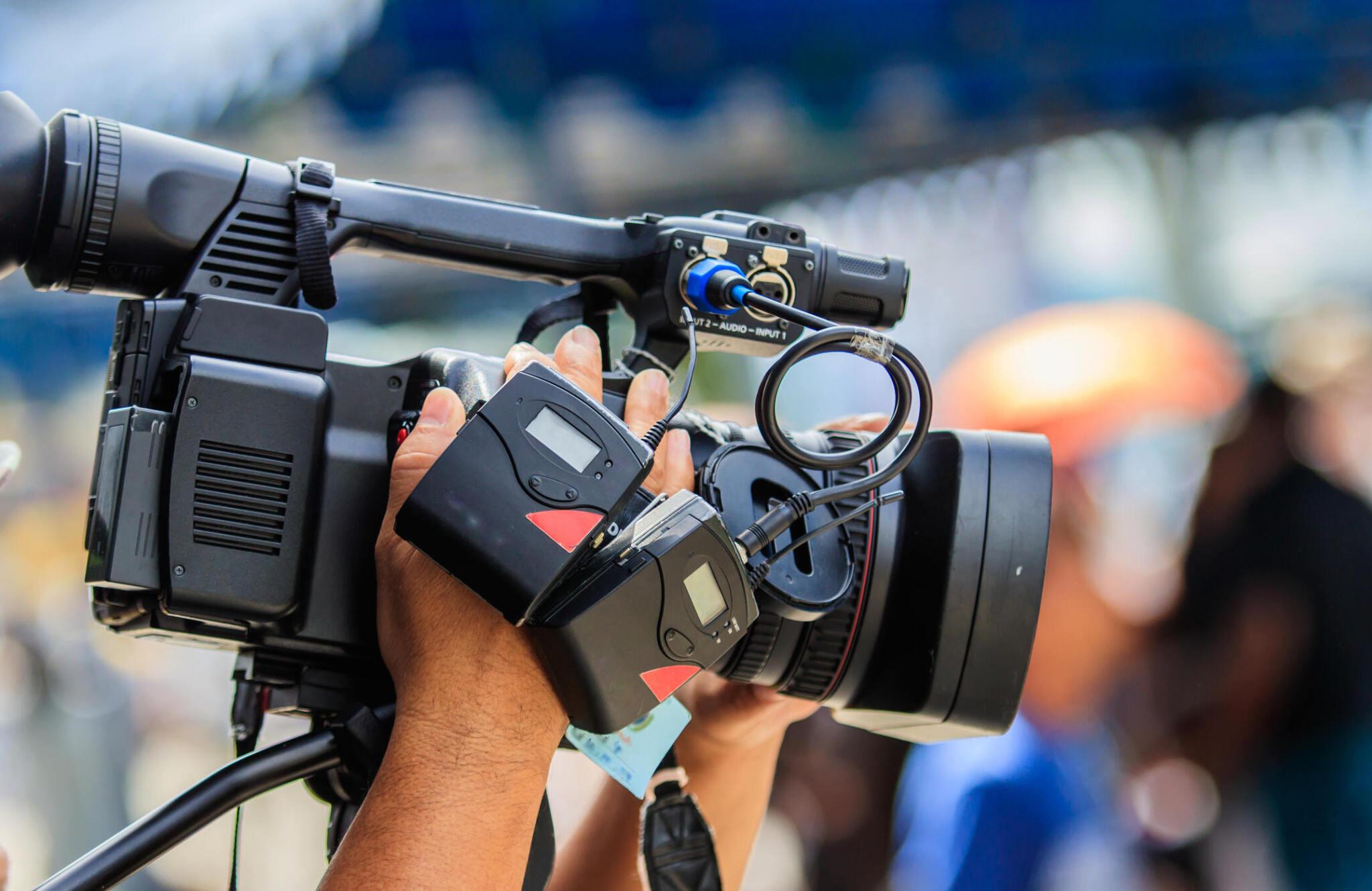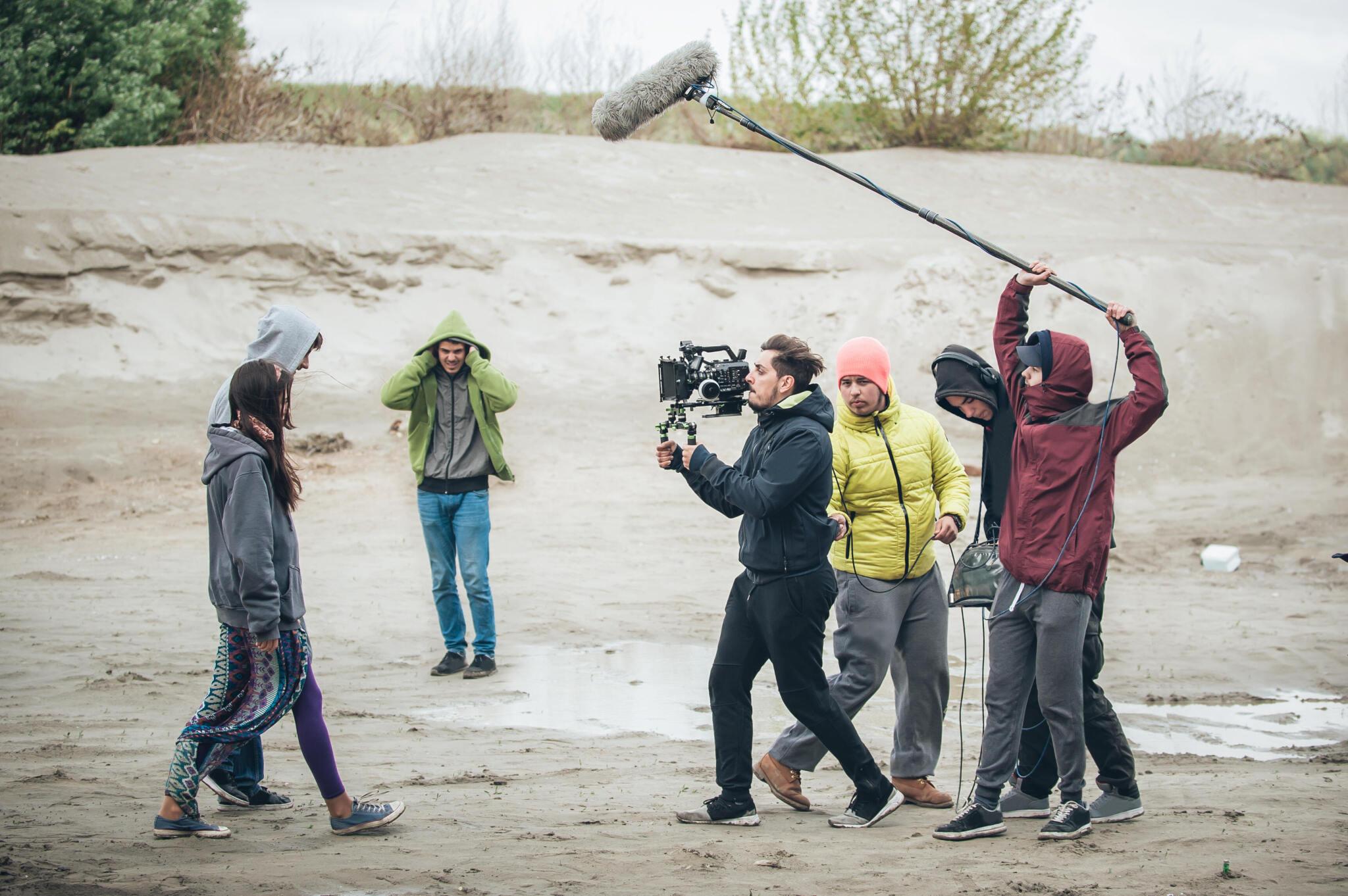In today’s digital era, video content is indispensable for businesses aiming to connect with their target audience. Whether for corporate videos, promotions, or brand storytelling, video content efficiently conveys messages and fosters customer engagement.

However, crafting high-quality videos demands expertise beyond equipment and editing software. This is where a film director proves invaluable.
Mark Murphy Director is a well-known film director who has directed several TV shows and films. He has an extensive list of credits. He has also written for many projects related to TV and film. One can become a successful film maker by following these tips.
Utilize Visual Storytelling to Tell a Story
Before delving into filmmaking techniques:
- Ensure a compelling story with a clear structure: beginning, middle, and end.
- Avoid mere visual vignettes
- Create characters with goals and encounters.
- Simplify, prioritize actions over dialogue
- Show rather than tell.
Use Experienced Cast and Crew
- Avoid casting based solely on appearance
- Prioritize proven acting skills
- Conduct auditions in public spaces and hold rehearsals for alignment with the director’s vision.
- Utilize experienced crew members who understand their craft, ensuring high-quality images and sound
- Access a free guide for filmmaking insights.
Create a Production Design
Consider the visual “look” of a film as it sells its reality. Production design elements like locations, sets, wardrobes, and props convey vital information about characters and the story. Utilize techniques such as creating a “lookbook” to ensure alignment with the director’s vision.

Film the Story
Directors often fixate on cinematography, neglecting story and actors. Prioritize acting and storytelling; let the crew handle technical aspects. Storyboards aid in scene planning. Access a helpful guide on film financing, crowdsourcing, marketing, and distribution from the American Film Market Presents series.
Camera Techniques in Film
Ensure scene coverage for post-production by shooting each scene with classic shot framing and camera angles. Use a tripod for stability and incorporate movements like pans, tilts, dollies, and gimbals when appropriate. Prioritize shot composition and lighting to guide viewer attention effectively.
Lighting Techniques
Lighting techniques shape viewer focus and convey character mood. Consistency across shots avoids distractions. Learn from Patrick Winters’ expertise in filmmaking, guiding you from preproduction to postproduction, while highlighting pitfalls to avoid and emphasizing effective resource allocation for standout films.
Editing Techniques
Allocate sufficient time for post-production to ensure smooth editing. Adequate coverage and transitions aid in continuity and pacing. Enhance dialogue clarity with crossfades, address production sound issues, and utilize appropriate sound effects, Foley, and backgrounds for scene realism.
Use Appropriate Music
Avoid overusing music in films; allow for breathing room between cues. Choose music fitting the scene emotionally and refrain from songs with vocals to prevent dialogue competition. Scored music enhances synchronization with the film’s narrative.
Audition music from similar films to find suitable options. Access Patrick Winters’ guide for achieving quality sound in indie films.

Sound Over Visuals
Neglecting sound until post-production risks audience dissatisfaction. Prioritize clear dialogue over music and sound effects. Use EQ to adjust frequencies, ensuring dialogue prominence.
Compression aids in balancing audio levels. Effective sound design can enhance scene dynamics, as demonstrated in the shower scene of the Psycho remake.
Special Effects and Advanced Filmmaking Techniques
Prioritize mastering basic filmmaking techniques over using complex special effects like CGI and green screen to ensure successful storytelling.
